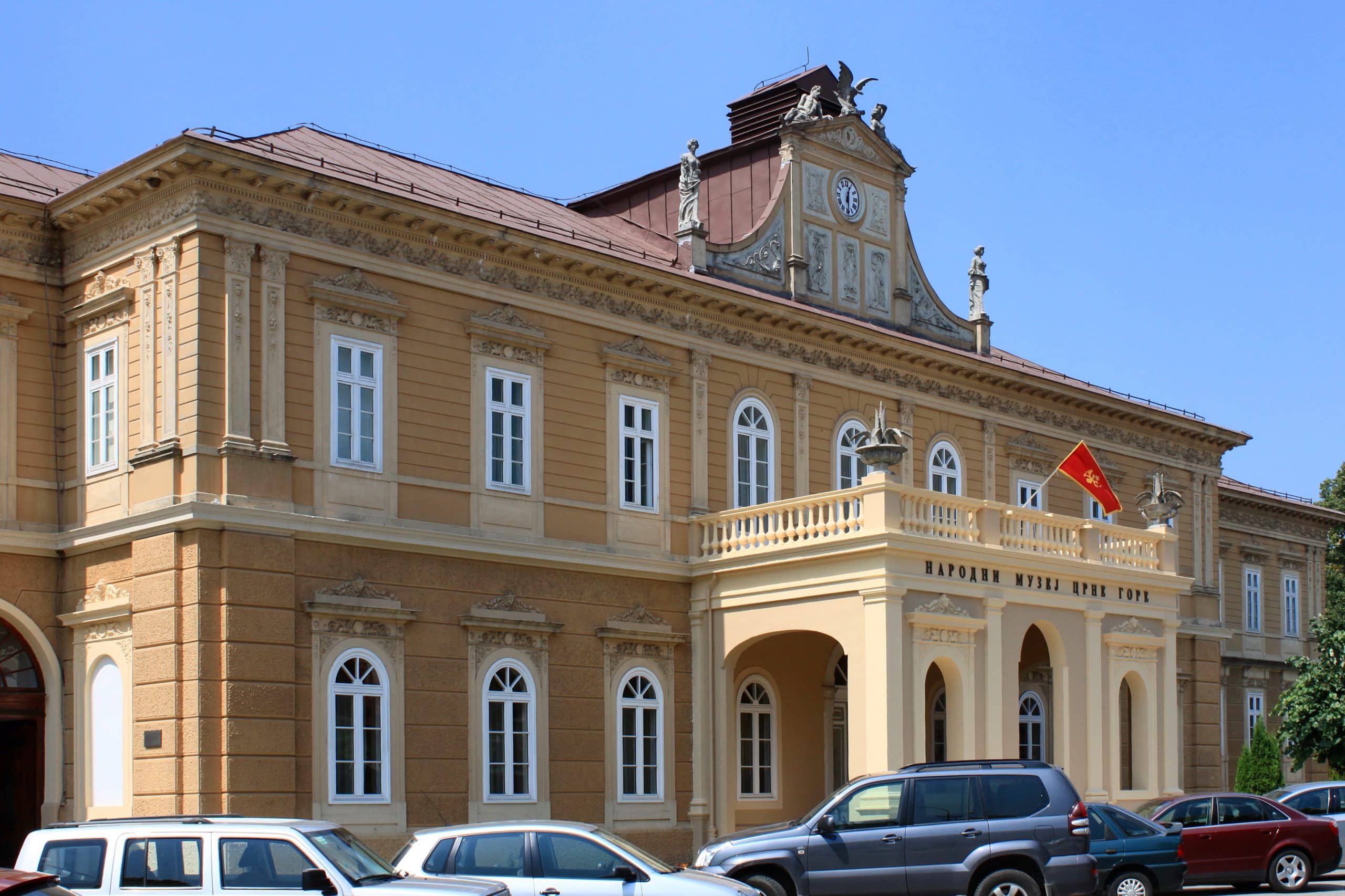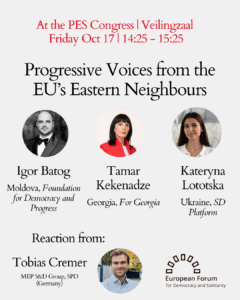The projected results of the Montenegrin presidential election’s first round could mark the political end for long-time President Milo Đukanović. While Đukanović won the first round with around 35 percent of the vote, it is likely that the remaining voters will unite behind his opponent Jakov Milatović. The second round will be held on Sunday, April 2.
Results
After losing his parliamentary majority in 2020, the projected results of the first round in the presidential election are a bad sign for President Đukanović, who has held important governing jobs in Podgorica for over three decades. With 35 percent of the votes, Đukanović obtained the most votes in the first round. With 29 percent, however, second placed Jakov Milatović came closer to Đukanović than expected. The result means that the pro-Russian and pro-Serbian Andrija Mandić – who obtained around 19 percent of the votes – is out of the race. Democratic Montenegro-leader Aleksa Bečić collected 11 percent, while the opposition candidates Draginja Stankovic and Goran Danilović took 3 and 1.4 percent respectively. New political arrival and influencer Jovan Jodzir had to settle for 0.8 percent.
Two pro-Western candidates to cross swords
Jakov Milatović – an economist who is Western-educated and considered pro-European – referred to the results as “a decisive step towards April 2” for his Europe Now party. Europe Now is considered a centre-rightist movement with liberal economic views. Before founding his political party, Milatović served as Minister of Economy.
Soon after admitting his defeat, Andrija Mandić called on his supporters to vote for Milatović. Since other candidates are expected to do the same, experts are seeing Milatovic as a strong favourite for the run-off. According to political scientist Milos Besić “all those who voted for other ruling majority candidates are anti-Đukanović and surely will vote for Milatović [in the second round]”. A “miracle” will have to happen for Đukanović to turn the tide.
Difficult task awaits Milatović
While things are looking good for Milatović, a very difficult job awaits him if he is to assume office. Ever since Montenegro declared itself independent in 2006, Đukanović’s Democratic Party of Socialists (DPS) had been involved in governing the small country on the Adriatic coast. In the 2020 parliamentary elections, however, a coalition of three multi-party alliances managed to oust the DPS from power, leaving Đukanovic isolated in his ceremonial role as President.
Headed by Zdravko Krivakopić, this uneasy coalition inherited the near impossible task of leading the country out of its economic misery. Combined with the COVID-19 pandemic – which shrunk the economy by 15% – Podgorica is plagued by its dependence on trade and tourism from Russia and a large debt with China. Krivakopić’s government – in the end – survived until January 2022 over a dispute on the influence of the Serbian orthodox church and the handling of Serbian and Russian relations.
Three months after the fall of the Krivakopić cabinet, Dritan Abazović was elected head of a transitional government with a mandate for one year. This coalition, however, proved to be extremely short-lived after a new dispute on the Serbian orthodox church toppled the government in August 2022.
Author: David Groenen



